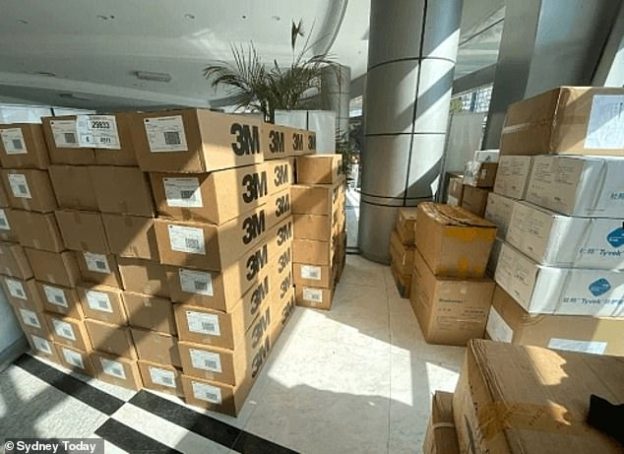Liberals think you can easily compel a production line into existence (by using the Defense Production Act, for example). However, to get a production line going is difficult: it’s expensive and time consuming. You might have the design on paper, but you lack the hardware, the tools, the components, and material.
The Economist (4/11/2020):
… the manufacture of masks .. might look simple, but producers need sterile factories and sophisticated machinery to churn out melt-blown fabric. Upfront costs would be hard to justify if the virus were quickly snuffed out. So in January, the early phase of the outbreak, Chinese firms began by scouring the world for masks rather than by making more of their own. It took government action to change that. Officials offered subsidies to firms producing safety gear: promising not outsized gains but an avoidance of losses. China went from making 20m masks per day before the crisis—half the world’s output—to nearly 120m by the end of February.
The Chinese, unlike the American government, took care of business. True: WuFlu originated in China, in the city of Wuhan, in particular. So the Chinese knew in advance they had a bad one on their hands, well before our buffoons awoke to the reality of corona virus.
But it’s not like the US government ever puts its own first, urgently. The Chinese, however, look after their own. Ostensibly international, Chinese companies operating in Australia—Risland and the Greenland Group, in particular—began vacuuming up tons of medical materials, in the host country and beyond, between January 24 and February 29, in order to send back to the Mother Ship, China.
Via the Daily Mail:
China imported more than two billion masks and 25 million pieces of protective clothing from overseas before the coronavirus outbreak reached pandemic levels, it has been revealed.
On Thursday a Chinese government report emerged detailing its foreign trade for the first two months of the year, when the country was at the peak of its virus crisis.
As COVID-19 infections began to spread across the globe in January and February, China saw a ‘rapid growth in imports of commodities and key consumer goods’.
More than 2.46billion pieces of medical materials, including masks and protective equipment, were inspected by National Customs in China between January 24 and February 29, according to the report. …
It comes days after Chinese organisations operating in Australia were reported to have sent bulk medical supplies to China at the height of the crisis.
Chinese-owned property developer Risland Australia was reported to have flown 80 tonnes of medical supplies on a corporate jet to Wuhan in late February.
Video footage emerged showing boxes of surgical masks stacked up at Perth airport before being sent to Wuhan on February 8 – when there were 15 cases of coronavirus in Australia.
Another Chinese property company, Greenland Group, retasked its employees to purchase face masks, hand sanitisers, antibacterial wipes, thermometers, Panadol and other medical items in bulk for shipment to China.
Greenland bought up three million surgical masks, 500,000 pairs of gloves and bulk supplies of sanitiser and antibacterial wipes in Australia and other countries where the company operates.
The goods were hoarded at Greenland’s Sydney headquarters and were sent to China in January and February.
The upshot? The host country, Australia, suffered severe shortages:
… Video footage emerged showing boxes of surgical masks stacked up at Perth airport before being sent to Wuhan on February 8 – when there were 15 cases of coronavirus in Australia.
Another Chinese property company, Greenland Group, retasked its employees to purchase face masks, hand sanitisers, antibacterial wipes, thermometers, Panadol and other medical items in bulk for shipment to China.
Greenland bought up three million surgical masks, 500,000 pairs of gloves and bulk supplies of sanitiser and antibacterial wipes in Australia and other countries where the company operates.
The goods were hoarded at Greenland’s Sydney headquarters and were sent to China in January and February.
MORE.
*Image courtesy Daily Mail.
UPDATE (12/11/020):
“Wall Street can’t fix Trump”: So says a Chinese analyst, DIDONSHENG, speaking to a crowd of super-patriotic Chinese, laughing at Americans and their traitor representatives. The fix is in, BUT, China’s penetration ran into a wall with Trump.




